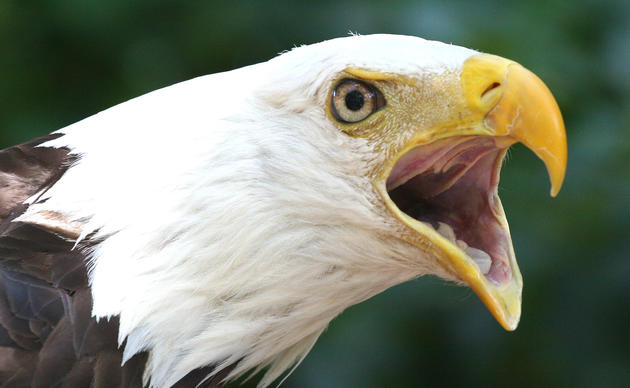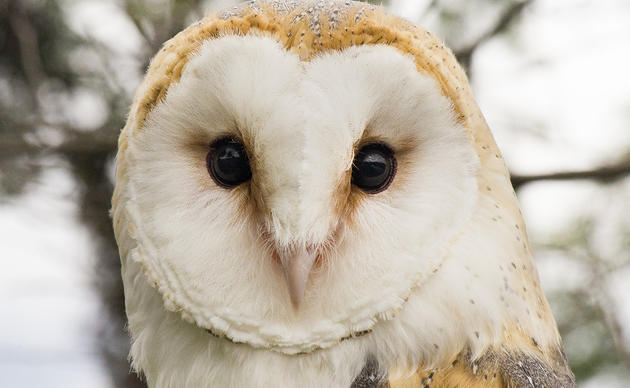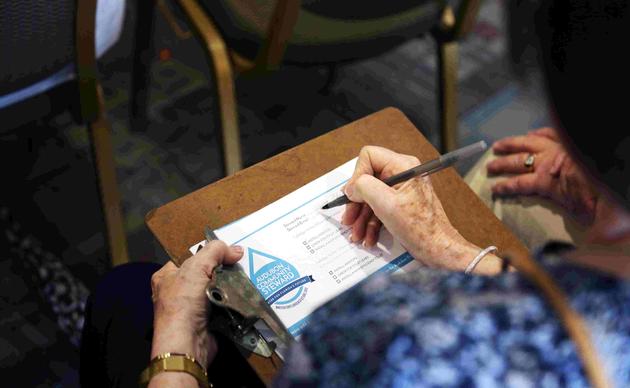Conservation
Human Activity and Disturbances Near Active Bald Eagle Nests
Although no longer on the federal list of threatened or endangered species, Bald eagles and their nests are still protected by federal laws, including the Migratory Bird Treaty Act and the Bald and Golden Eagle Protection Act. These laws probit the unpermitted take of eagles or their nest, or any work near eagles or their nest that would cause damage to the nest or disturb eagles enough to cause nest abandonment or loss of eggs or young. Take or disturbance permits may be issued by the U.S. Fish and Wildlife Service. USFWS offers technical assistance for questions regarding work near an eagle nest at https://www.fws.gov/southeast/our-services/eagle-technical-assistance/.
Individual bald eagles exhibit considerable variation in response to human activity, depending in part upon the type, frequency and duration of activity; extent of modification of the environment; time in the bird’s reproductive cycle; and various other factors not well understood. Therefore, it cannot be predicted with absolute certainty the effects a given disturbance might have on a particular pair of bald eagles. Certain human activities are, however, known to disturb bald eagles more than others.
Eagles are most vulnerable to disturbance early in the nesting period, i.e. during courtship, nest building, egg laying, incubation, and brooding (roughly the first 12 weeks of the nesting cycle). Disturbance during this critical period may lead to nest abandonment. During the nest building period, for example, eagles may inadequately construct or repair their nest, or may abandon the nest, both of which can lead to failed nesting attempts. During the incubation and hatching period, human activities may startle adults or cause them to flush from the nest. Startling can damage eggs or injure young when the adults abruptly leave the nest.
Prolonged absences of adults from their nests can jeopardize eggs or young. Depending on weather conditions, eggs may overheat or cool and fail to hatch. Young nestlings rely on their parents to provide warmth or shade, and may die from hypothermia or heat stress if adults are forced away from the nest for an extended period of time. Eggs and juveniles are subject to greater predation risk while they are unattended. If human activities disrupt the adults’ foraging and feeding schedule, the young may not develop healthy plumage, which can affect their ability to survive.
Human activity near a nest later in the nesting cycle may cause premature fledging, thereby lessening the chance of survival. Older nestlings may be startled by loud or intrusive human activities and prematurely jump from the nest before they are able to fly or care for themselves.
Human activities that cause disturbance to eagles or their nest or lead to injury, a decrease in productivity, or nest abandonment are a violation of the federal Bald and Golden Eagle Proection Act.
Phase Activity Sensitivity to Human Activity Comments
I Courtship and Nest Building - Most sensitive period; likely to respond negatively Most critical time period - Disturbance is manifested by nest abandonment. Bald eagles in newly established territories are more prone to abandon nest sites.
II Egg laying - Very sensitive period - Human activity of even limited duration may cause nest desertion and abandonment of territory for the nesting season.
III Incubation and Hatching - Very sensitive period - Adults are less likely to abandon the nest near and after hatching. However, flushed adults leave eggs and young unattended; eggs are susceptible to cooling, loss of moisture, overheating, and predation; young are vulnerable to elements.
IV Nestling period - 4-8 weeks - Moderately sensitive period - Likelihood of nest abandonment and vulnerability of the nestlings to elements gradually decreases. However, nestlings may miss feedings, which may affect their survival, or may prematurely leave the nest due to disruption.
V Nestlings - 8 weeks through fledging- Very sensitive period - Gaining flight capability, nestlings 8 weeks and older may flush from the nest prematurely due to disruption and die.
How you can help, right now
Support the Audubon Center for Birds of Prey
Your donation helps to protect America's birds, wildlife, and habitats. Donate critical funding needed to support our important rehabilitation and education work.
Subscribe to Raptor News
Sign up for our monthly newsletter and stay up to date with what's happening at the Audubon Center for Birds of Prey.
Become a Water Steward
Engage the public in water and energy conservation using simple steps to save water inside the home, outside the home and in your community.




